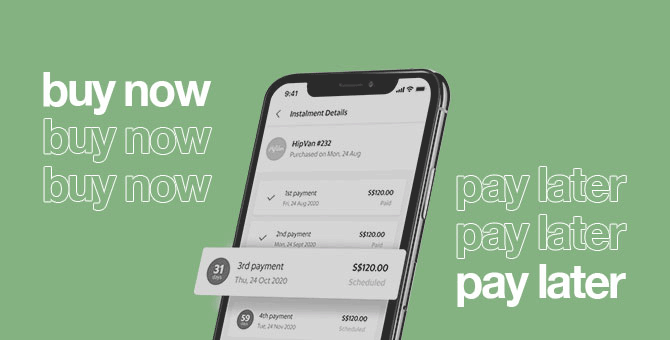“Buy Now, Pay Later”, also known as BNPL is quickly emerging as one of the most popular payment methods in Asia, and Malaysia is catching on to the trend as well.
According to one of Asia’s leading merchant commerce platforms and BNPL provider, Pine Labs Pte Ltd, Malaysia is still behind countries like Singapore and China in regards to BNPL usage, but would hopefully increase over the next couple of years.
“I think it is here to stay and, going by what we see, will grow very robustly in Southeast Asia at a CAGR (compound annual growth rate) of between 15% and 20% over the next five to ten years. Today, in Malaysia, the penetration is very low on the e-commerce side. We definitely see BNPL [accounting for] at least 5% to 10% of total e-commerce transaction value in the next five years,” Chayan Hazra, Pine Lab’s head of payment business for the Asia Pacific said in an interview with The Edge.
In short, BNPL is a type of short-term financing that allows consumers to purchase something but paying it later via instalments over a short-term period. Some BNPL platforms will charge interest or a penalty fee if the shopper makes a late payment. On the other hand, merchants or retailers will be able to see an increase in conversion of consumers buying something from their online store.
“Anytime you give a credit option to your consumers, your conversion rate increases. As for basket size … let’s say I see RM500 sneakers that I like but they are too expensive because my budget is only RM200. But then I see that there is a BNPL option where I can pay in three instalments, and this works for me. So, here I am, a consumer who would have bought RM200 sneakers now buying RM500 sneakers. From a merchant’s perspective, the ticket size suddenly increases,” Hazra said.
According to Hazra, most Malaysians who use BNPL fall under the 25 to 50 age range. About 70% to 80% of consumers are within that age group. It is believed that many in this group do not own a credit card, thus do not have the ability to pay for purchases in instalments. However,with BNPL, the provider will “buy” the item for the consumer from the merchant at a discounted rate, the margin is typically the provider’s cut and the consumer will then pay their instalments to the BNPL provider rather than the merchant.
Based on the 2021 Global Payments Report by FIS-Worldpay, BNPL’s share of e-commerce spend in Asia Pacific will more than double from 2020 to 2024, from 0.6% to 1.3%. “These share gains will come largely at the expense of credit cards, bank transfers, cash on delivery and prepaid cards, all of which will lose share through 2024,” the report stated. That said, BNPL’s global market share is envisioned to double from 2.1% in 2020 to 4.2% by 2024.

